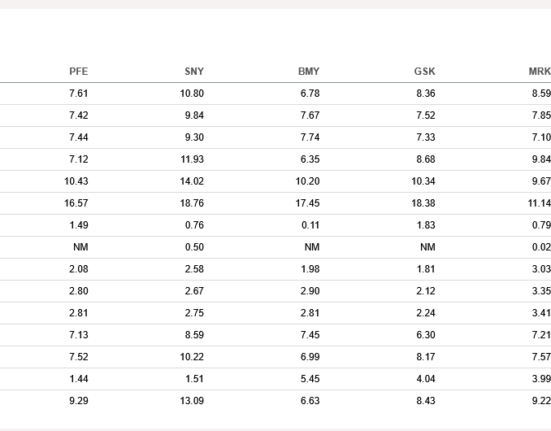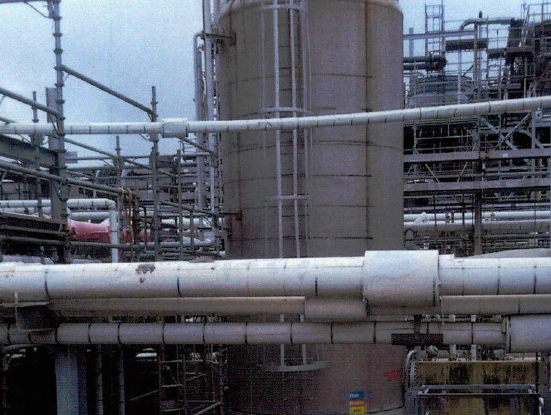U.S. Tariffs on Venezuelan Crude Raise Supply Concerns
The U.S. has escalated sanctions pressure by authorizing 25% tariffs on crude imports from Venezuela. This move is expected to disrupt flows to key buyers including China, India, and parts of Europe. Chinese refiners have already paused Venezuelan purchases, awaiting clarity from Beijing on whether to halt trade entirely.
The sanctions deepen an already constrained physical market. The U.S. also recently targeted Iranian crude exports, hitting independent Chinese refiners and vessels linked to those flows. As sanctions choke off barrels from two major producers, traders are betting on tighter global supply. Analysts suggest Saudi Arabia may use this opportunity to increase output and offset the lost volumes from Iran.
Inventory Drop Underscores Strong U.S. Demand
Bullish sentiment was reinforced by American Petroleum Institute data showing a 4.6 million barrel drop in U.S. crude inventories last week—well above the 1 million barrel decline forecasted by analysts. The data suggests solid domestic demand in the world’s largest oil consumer, adding another layer of support to prices.
Ceasefire Developments Limit Upside Momentum
Capping gains, geopolitical tensions in Eastern Europe showed signs of easing. The U.S. helped broker temporary deals between Russia and Ukraine to pause attacks on energy and maritime assets. These agreements include U.S. support for lifting some sanctions on Moscow, though both Kyiv and Moscow expressed skepticism about enforcement. The ceasefire reduces immediate supply risk, softening bullish momentum.







